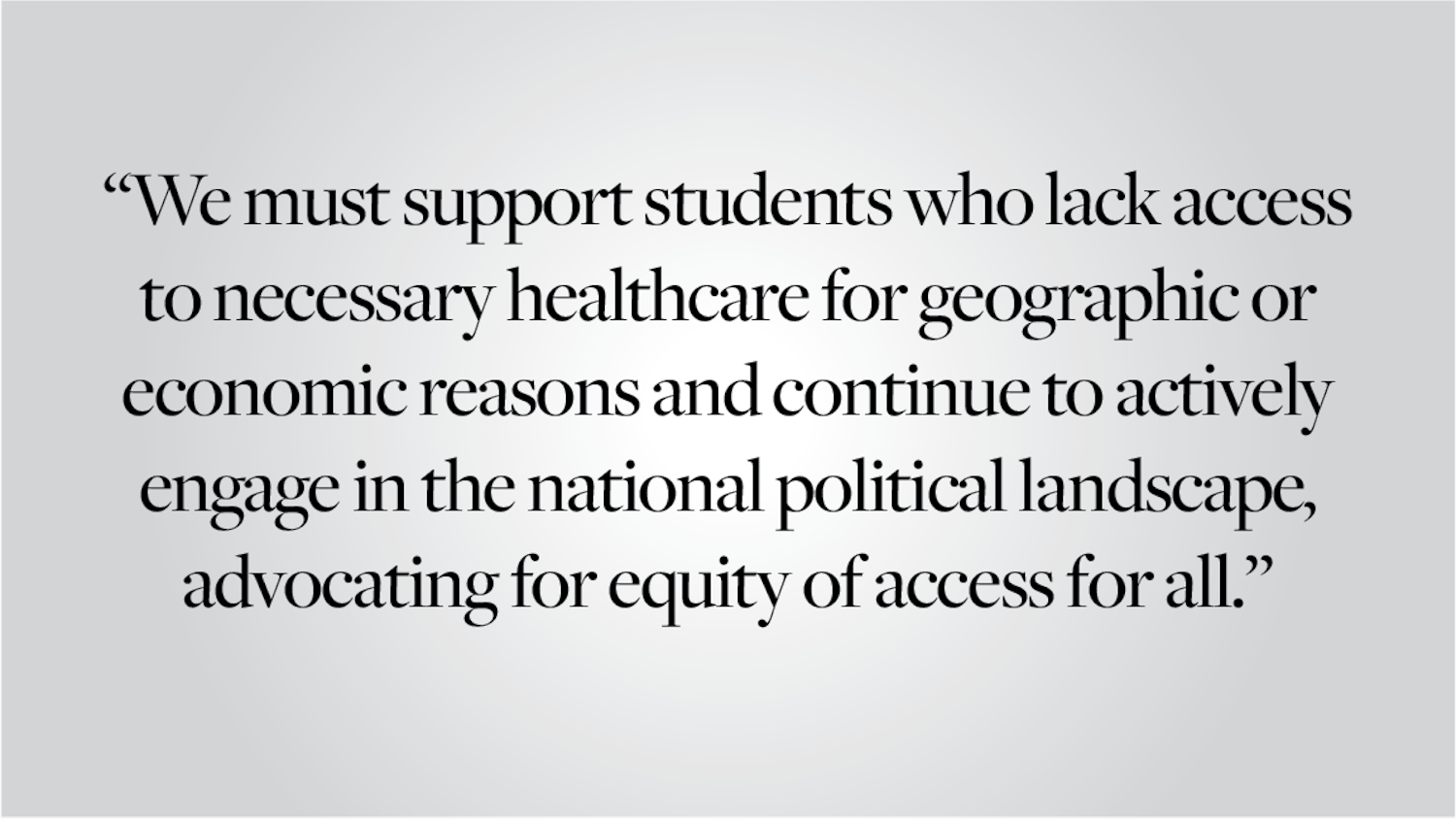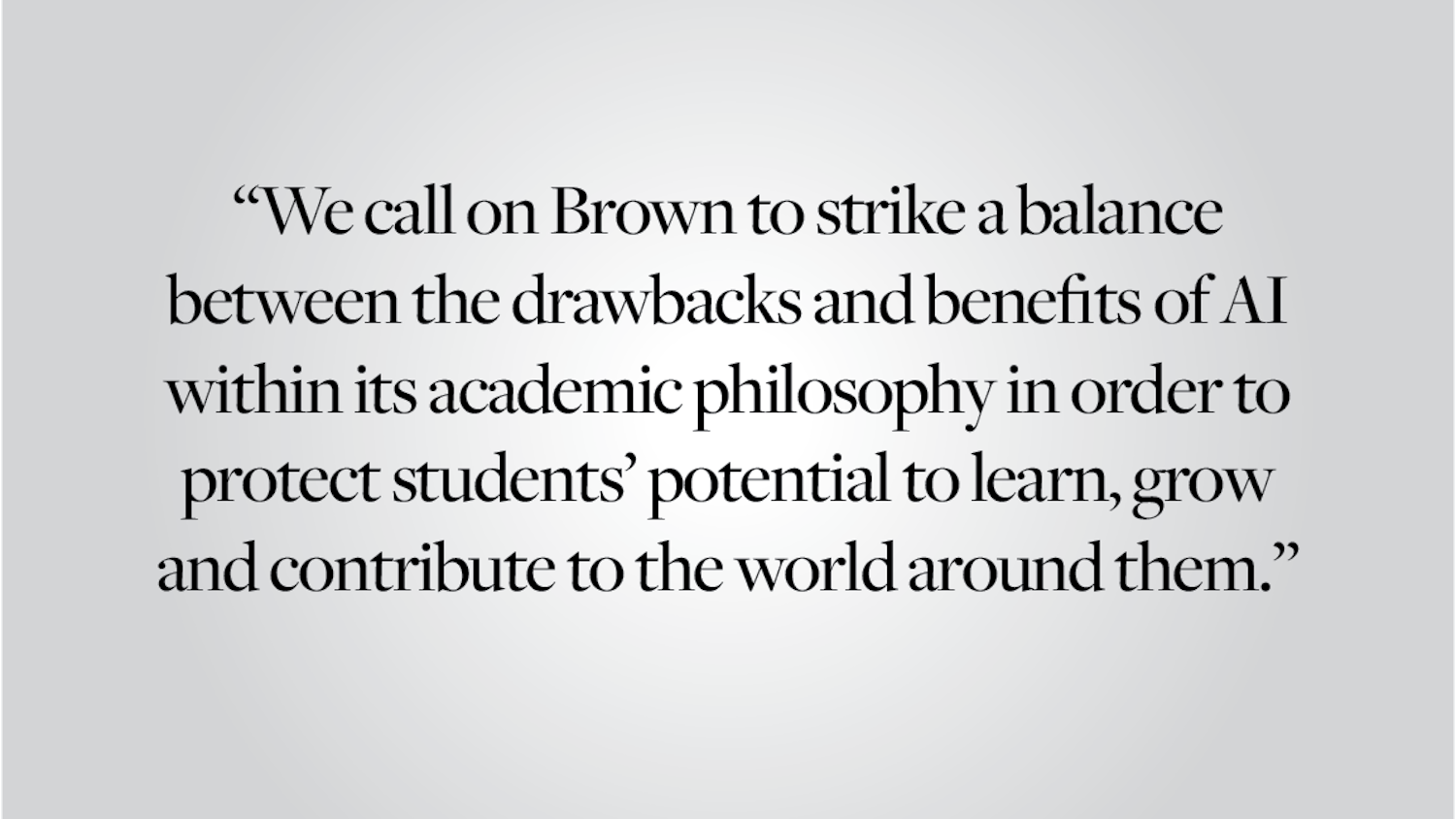Over the past year, the University has made strides to expand the presence of performing arts on campus. Members of the Committee on Reimagining the Brown Campus and Community said last year that lack of performance space and collaboration with local groups has resulted in missed opportunities. The University has since added a vice provost for the arts and appointed Michael Steinberg, professor of history, music and German studies, to fill the position. The Herald reported Tuesday that plans for the proposed performance space are advancing, and a site will be decided before this summer.
Just four years ago, the Perry and Marty Granoff Center for the Creative Arts opened to much acclaim. Richard Fishman, professor of visual arts and then-department chair, told The Herald, “The arts departments are now spread out around the campus,” adding that he hoped the Granoff Center would connect faculty members across the University’s various arts programs. These words sound like they could have been said Monday, when the University released information about the selection of a new arts space.
Four years after the Granoff Center’s opening, we wonder about the progress of these goals of greater faculty interaction and exchange among departments. What will make the new space different? How will administrators ensure that the University realizes a return on the substantial investment of money and time in constructing a new arts space? Planners involved in the current process need to address these questions — and to make sure that they do something other than simply build a bigger version of the Granoff Center.
Engagement with the wider community — especially students and faculty members — needs to be integral to crafting a new home for the arts on campus. Administrators should figure out which performance groups face the biggest hurdles to accessing space or resources on campus and work to incorporate their needs into the new space without duplicating buildings already in place. And if the new center is to successfully combine the arts with the liberal arts “in a really cutting-edge way,” as Steinberg said, then planners must look beyond architectural blueprints and figure out how to holistically connect a new building with the broader academic environment at Brown, including both the humanities and the sciences.
The danger in not having core requirements is that we risk missing out on fundamental components of education. The solution is often to find ways to mix disciplines. Language studies, for example, incorporate film and literature to expose students to foreign arts. We should strive to find more ways to infuse the humanities and sciences with visual arts. Expansion of spaces and programs will increase the availability, but we must still seek ways for students to take advantage of Brown’s resources, especially artistically gifted students. Community members of the school that likes to think of itself as “the creative Ivy” deserve nothing less.
Editorials are written by The Herald’s editorial page board: its editors, Alexander Kaplan ’15 and James Rattner ’15, and its members, Natasha Bluth ’15, Manuel Contreras ’16, Baxter DiFabrizio ’15, Mathias Heller ’15 and Aranshi Kumar ’17. Send comments to editorials@browndailyherald.com.




